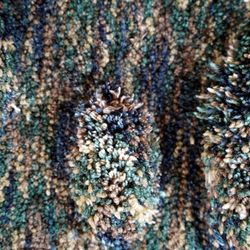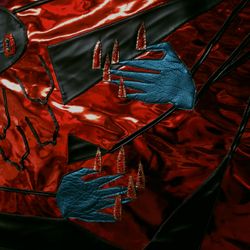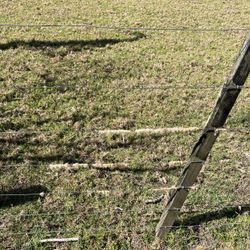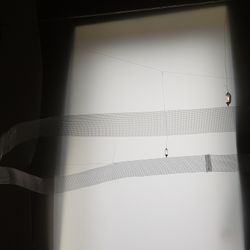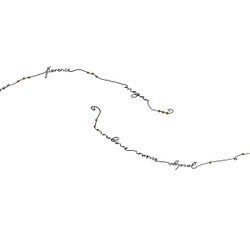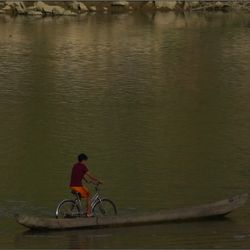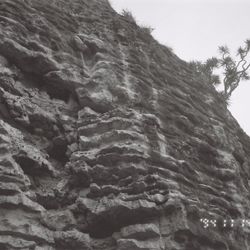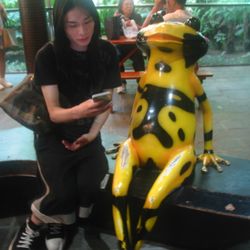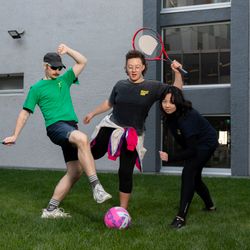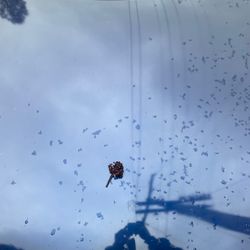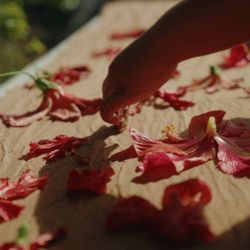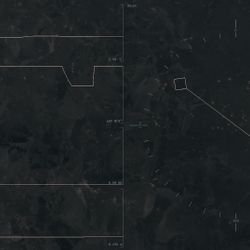Instructional Models is a propositional exhibition instigated by Terri Bird and Julie Davies, in association with the artist-run initiatives Ocular Lab and Clubsproject Inc. in Melbourne, and facilitated by Neil Emmerson Head of Print Studio at the Otago Polytechnic School of Art.
For Instructional Models a group of Dunedin based artists have been invited to create works based on their interpretation of instructions or parameters sent to them by artists in Melbourne. The proposals are purposefully open to interpretation, with the potential for re-orientation, re-ordering or rejection; and involve everything from tennis ball machines to collections of botanical data. The accumulated results of these interpretations, exchanges and responses will be shown at the Blue Oyster in Instructional Models . The exhibition is timed to coincide with the Aotearoa New Zealand Arts Educators Conference, hosted by the Dunedin School of Art.
Melbourne artists: Terri Bird, Julie Davies, Raafat Ishak, Sean Loughrey, Jonathan Luker, Sally Mannall, Tom Nicholson, Nikos Pantazis, Spiros Panigirakis, Alex Rizkalla, Fleur Summers and the Open Spatial Workshop.
Dunedin artists: Clare Fleming, Rohana Weaver, Ali Bramwell, Lars Preisser, Sophie Black, Peter Gorman, Miranda Bellamy, Christine Keller, Bibiana Guevara-Hunter, Karen Taiaroa-Smithies, Alex Lovell-Smith, Anna Muirhead, Victoria Bell, Lee Houlihan, Max Oettli and Inge Flint.
Blue Oyster Discussion Session 1: Wednesday 10 June 5:30pm
The first in a recurrent series of discussion sessions. Taking its cue from a work, Collecting Culture , which was shown recently at the Blue Oyster as a part of the exhibition Instructional Models and has generated some distributed discussion and debate.
Collecting Culture , conceived by Melbourne based artist Alex Rizkalla and developed in conjunction with Dunedin School of Art students Clare Fleming & Rohana Weaver, intended to expose and critique narratives of national identity and the misappropriation of indigenous culture, present in tourist souvenirs. Their methodology involved collecting historical souvenirs that have circulated around and between Australia and New Zealand. When their nets were cast out; startling objects were collected. Some of which, if displayed, had the potential to cause great offence. In light of this fact, the artists decided to remove these objects and leave behind small signs indicating that the items had been removed due to offensive content.
Examining and discussing the different viewpoints that have surfaced since the work was presented by involving as many people as possible in the discussion, we have invited the following panelists to explore with us the different ways the issues surrounding culturally sensitive material have been navigated previously and how we might work in the future:
Professor Paul Tapsell (Dean of Te Tumu - Otago University School of Māori, Pacific and Indigenous Studies)
Elizabeth Caldwell (Director of the Dunedin Public Art Gallery)
Simon Kaan (artist of Chinese/Ngāi Tahu/Pākehā descent)
Bridie Lonie (Head of the Otago Polytechnic School of Art)
Chair: Dr Erika Wolf (Senior Lecturer at the Otago University Art History and Theory Department, Blue Oyster Trustee)
